Yukinaga Yamada - Preserving the Analog Soul of Manga
© Yukinaga Yamada
Yukinaga Yamada is a manga artist who works entirely by hand. In a time when most mainstream manga production has shifted to digital tools for efficiency, he continues to draw on paper using pens and screen tones. His panels are densely detailed, often requiring more than 30 hours for a single scene, whether it’s a cluttered apartment or the inside of a pachinko parlor.
Beyond illustration, Yamada also writes and produces his own original manga works. His stories examine overlooked aspects of Japanese society through sharp, grounded narratives.
Yamada’s commitment to analog techniques is rooted in his background in oil painting, where he learned the visual impact of physical materials. He believes that the texture of ink, the weight of layered lines, and the imperfections of handmade work add expressive qualities that digital methods cannot replicate.
In addition to publishing his own manga, Yamada has built a strong following on Instagram, where he shares close-up videos of his analog process. His most popular clips focus on the tactile moment of peeling Deleter screen tones from the page, which for many people, is the first time seeing how handmade manga truly comes together.
We sat down with Yukinaga to discuss his dedication to traditional craft and the themes that drive his storytelling.
Who is Yukinaga Yamada?
I am a manga artist.
Is your work process fully analog, or do you also do some finishing digitally?
I create my work using manga manuscript paper, pens, and screen tones. I don’t use digital tools at all, my work is 100% analog.
Why do you choose to stick with analog methods like deleter tone sheets?
I originally majored in oil painting at an art university. Through that experience, I learned that analog artwork has a unique power and presence. Digital expression is certainly efficient and excels in productivity, but to me, something about it feels lacking.
Analog artwork possesses a physical “strength.” The fading of the pen, the slight thickness created by layering ink, the texture of screen tones, all of these give the artwork countless layers of information. Compared to digital, the density and resolution of that information feel like an entirely different world.
How does working on paper and analog make you feel?
I used to work as an assistant to a professional manga artist. Today, most manga production in Japan has already shifted from analog to digital, and manga artists who do everything by hand are rapidly disappearing.
Of course, when working in commercial publishing, it’s natural for efficiency to be prioritized. However, I feel that when efficiency goes too far, manga expression itself becomes thinner and weaker. I believe that manga still holds many unexplored possibilities. My method may be inefficient, but I believe that inefficiency allows for forms of expression that digital can’t create.
Your panels are extremely detailed. Can you estimate the average time it takes to draw a detailed panel?
For large and highly detailed panels, it takes about 30 hours.
Can you tell us more about your own two manga stories?
Jackpot is the first manga I ever created. At the time, I had just graduated from art university and was spending my days playing pachinko while feeling uncertain about my artistic direction. During that period, a friend told me about the relationship between the pachinko industry and the Zainichi Korean community in Japan.
It’s said that many owners in the pachinko industry are Zainichi Koreans. Behind that lies a history in which they faced discrimination in employment and needed to build their own independent means of survival. There are also claims that part of the industry’s funds flow to North Korea and are used for military purposes. I wanted to express this ironic structure in a story. Manga allowed me to portray the realism and satire better than painting ever could.
Let’s All Suffer Together deals with the theme of social pressure to conform. I’ve always felt discomfort and dislike toward the atmosphere in Japan that demands everyone act the same. In this work, I depict how people can lose their own will under such pressure, using satire to highlight the issue.
You’ve built a strong following on social media. Do you feel that people also engage with the stories behind your work, or do they focus more on the visual side?
I feel that the focus is more on the visuals than the story.
While Yukinaga’s videos highlight the satisfying tactility of screen-tone peeling, they also serve as documentation of a practice at risk of disappearing. In Japan’s increasingly digital manga industry, Yamada stands as one of a shrinking group who still create every panel by hand. His approach is driven by a belief that manga’s expressive depth expands when the artist is physically connected to the page.
Through detailed environments and narratives grounded in real-world social issues, Yamada demonstrates what analog methods can still achieve.

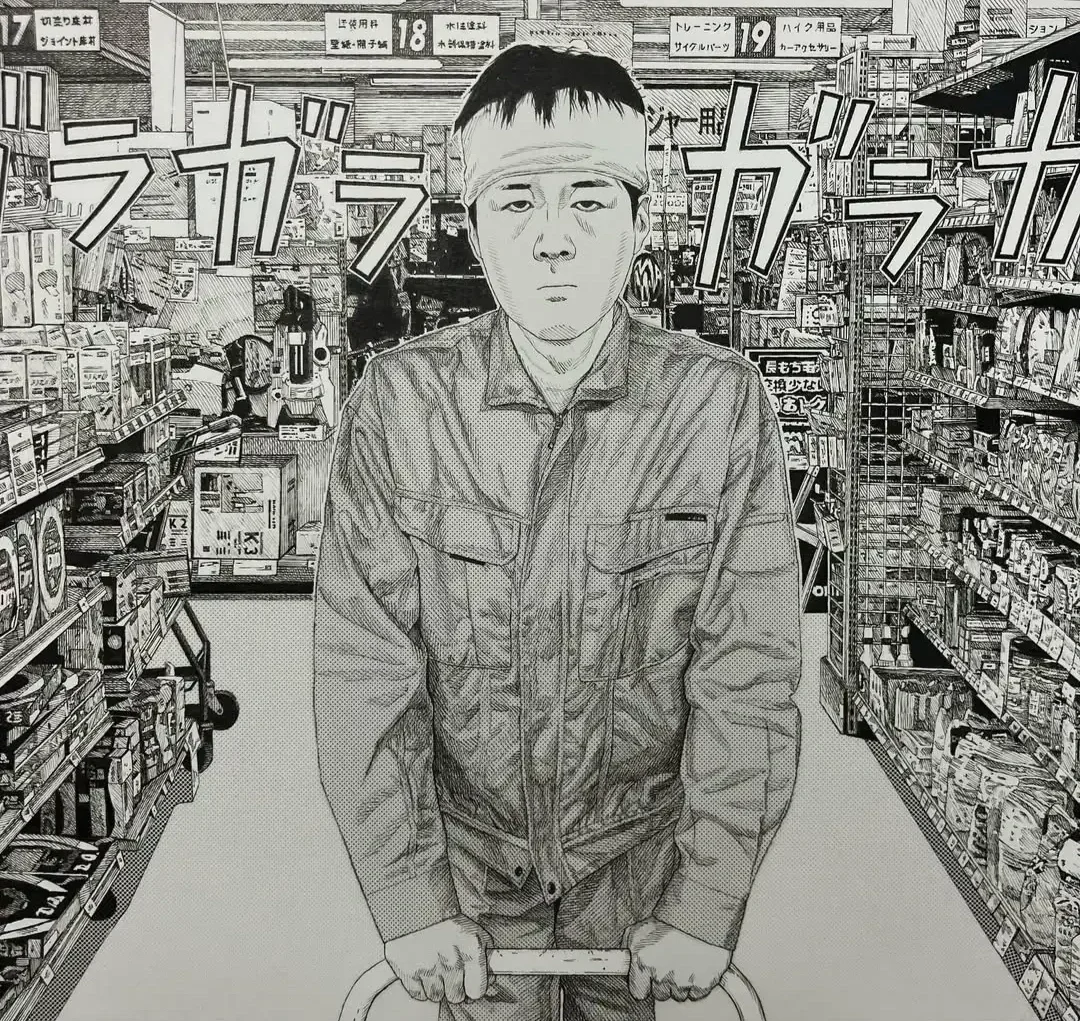

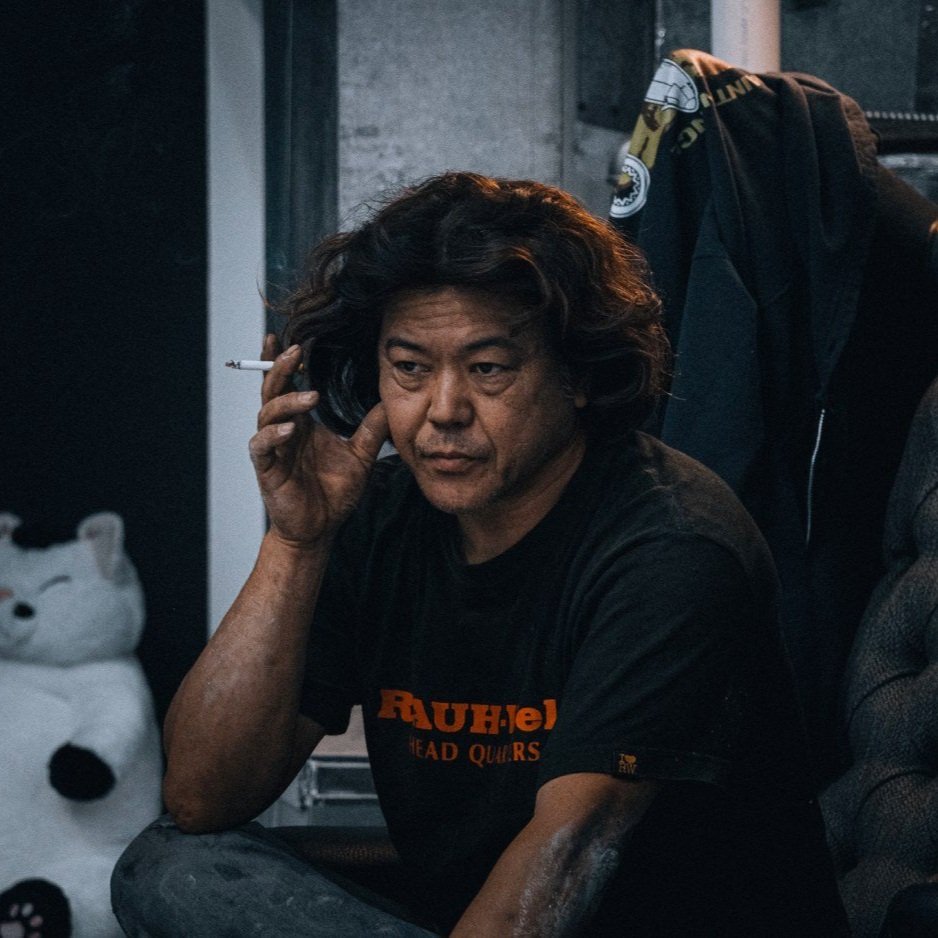
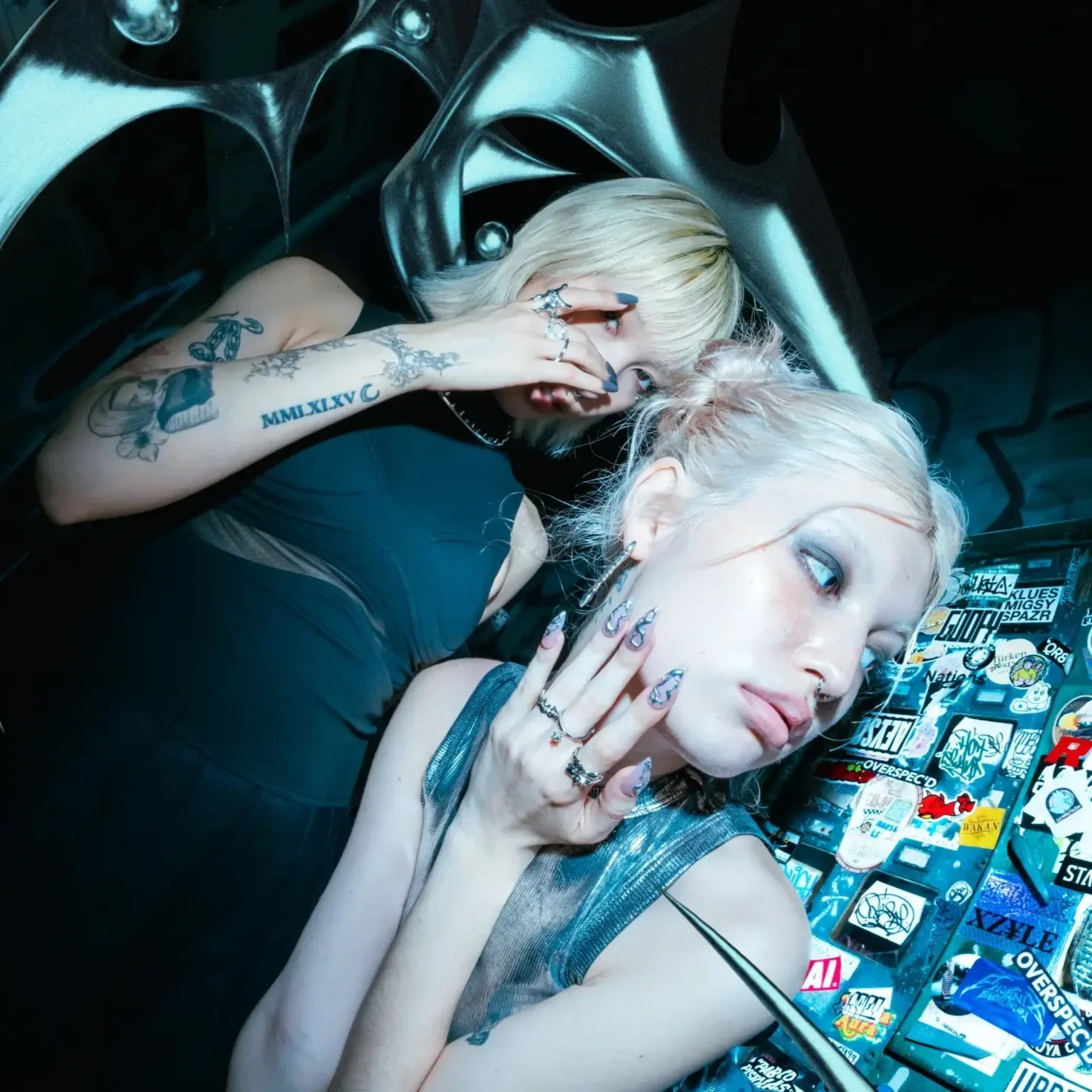
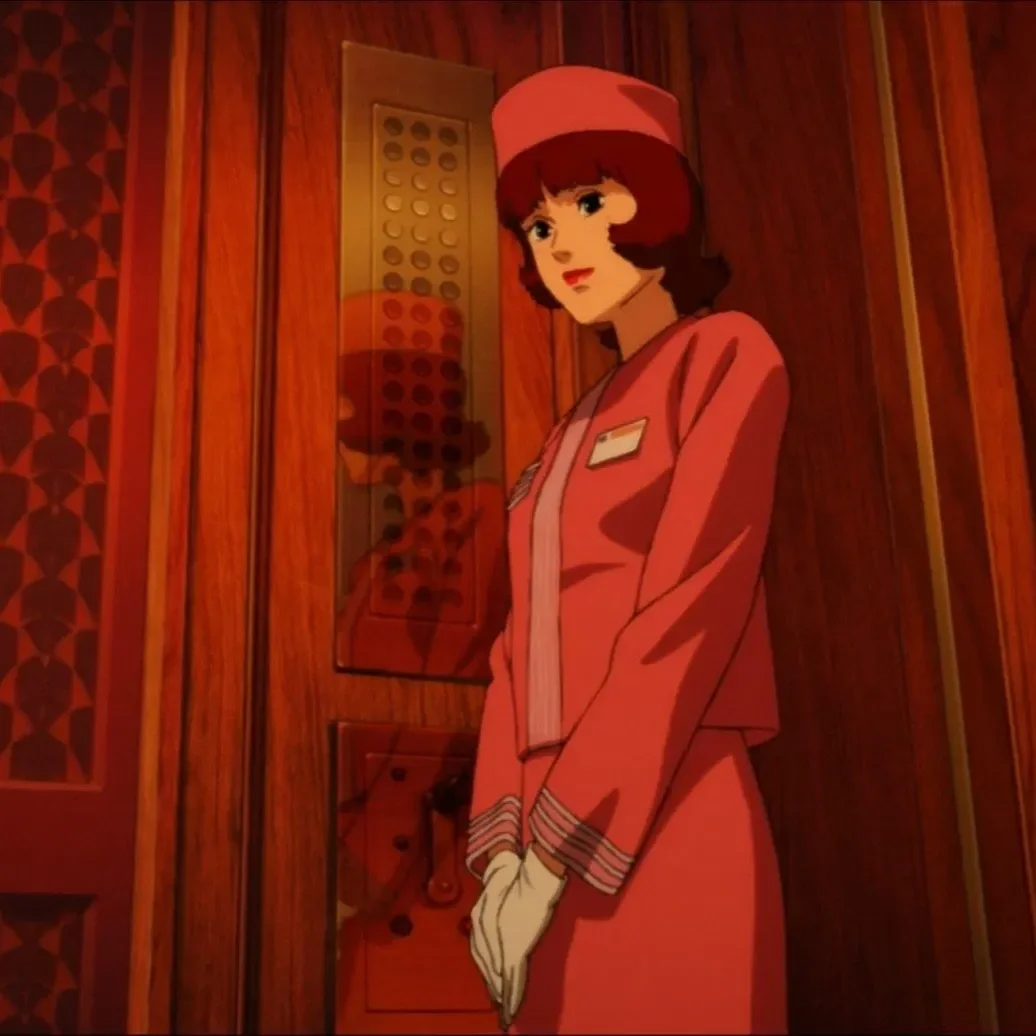
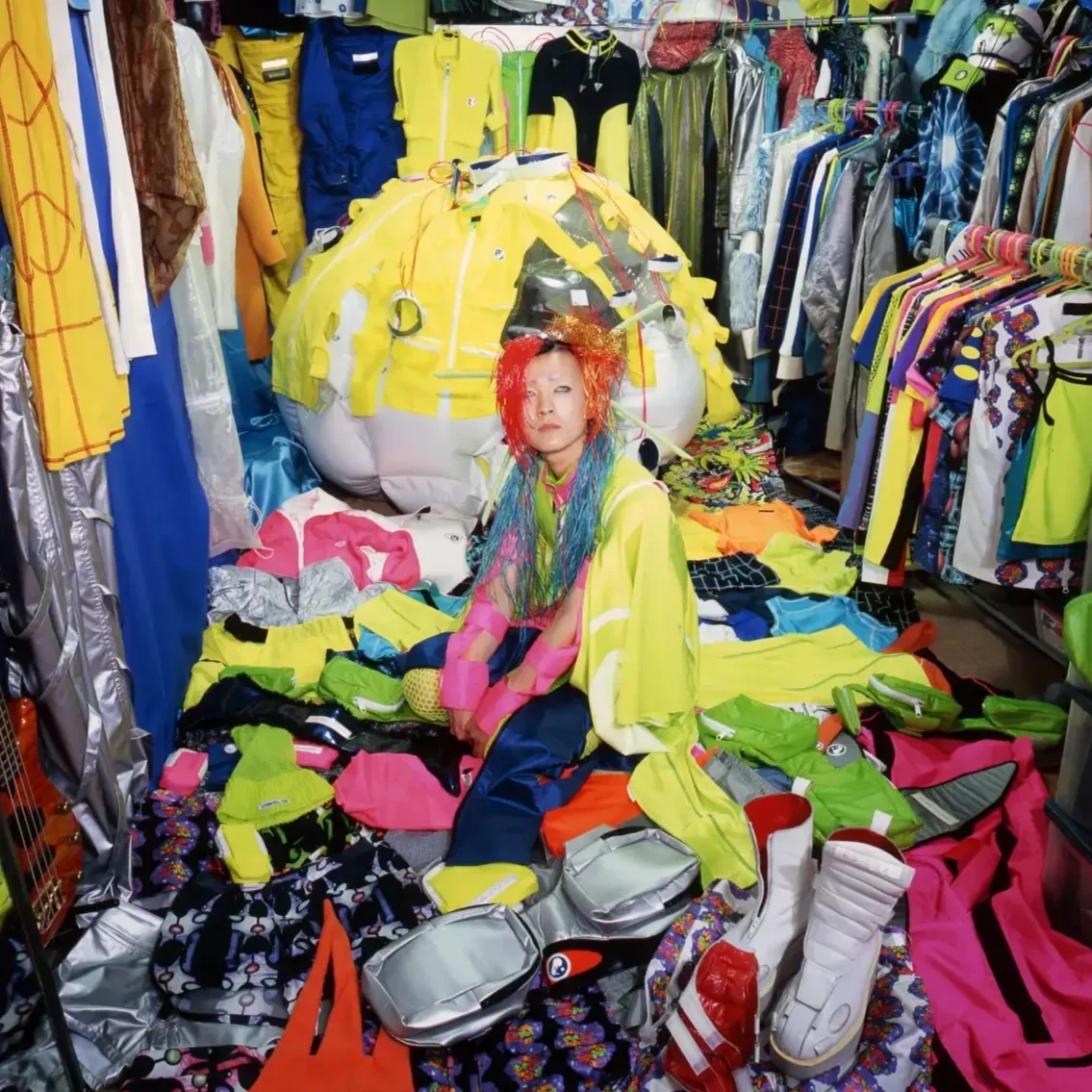
Tokyo’s outsider spirit, Blue Spring, and emotion stitched into Elsewhere.